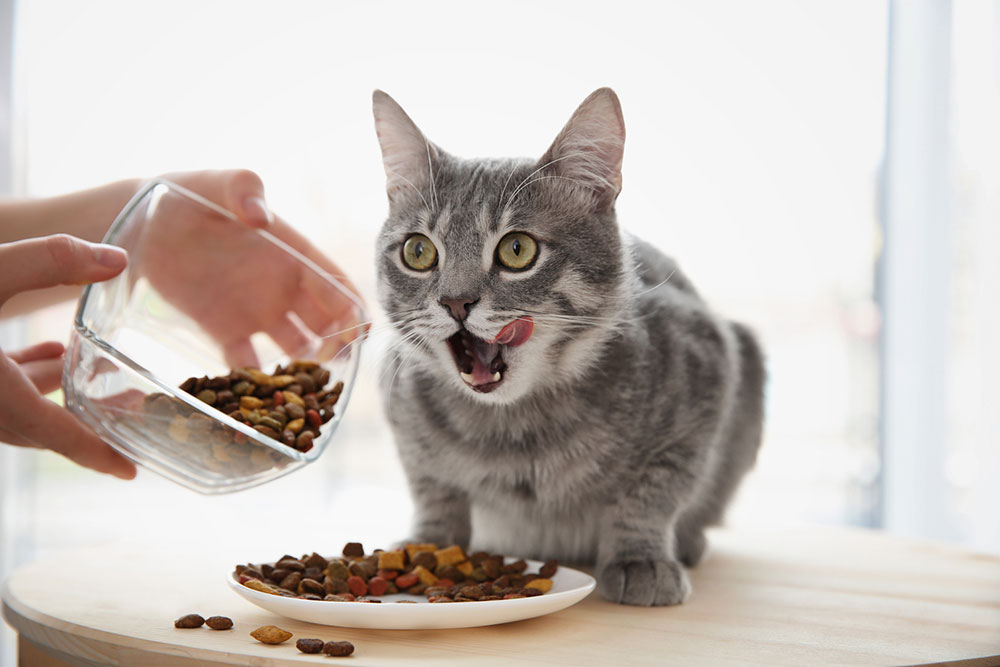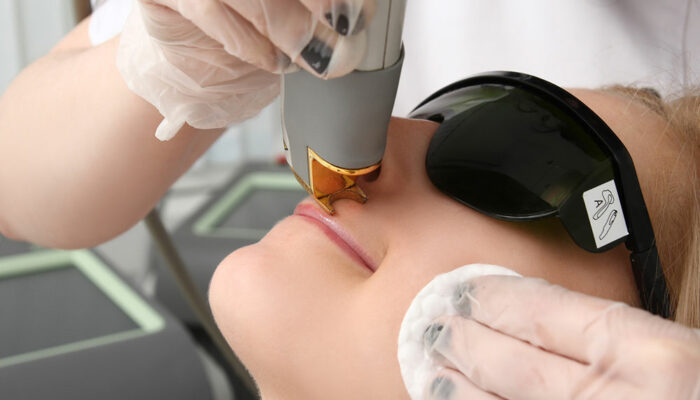
The Symptoms of Feline Diabetes
Feline diabetes mellitus is most often characterized by an increased resistance to the effects of insulin, and is a form of type-2 diabetes. Insulin is a hormone that signals the cells of the body to use the sugar present in the bloodstream for energy. Too much sugar in the bloodstream is called hyperglycemia, which leads to the symptoms associated with diabetes. If diabetes is left untreated, it can lead to serious long-term complications.
Signs and symptoms of diabetes in cats include:
- Increased hunger
- Increased thirst
- Increase in the frequency of urination
- Weight loss in cats after eating
- Increase in the consumption of food
- There are also often general signs such as increased lethargy and fatigue
1. Causes of diabetes in cats
The cause of diabetes in cats is unknown, but several factors are responsible for its development. A cat may be genetically predisposed to the disease. Prolonged obesity also plays an important role in this health condition. Insulin resistance is another cause wherein the cells of the body become less sensitive to insulin and, thereby, convert less sugar to energy. Feline diabetes can be related to certain diseases such as Cushing’s syndrome, hyperthyroidism, and pancreatitis.
2. Managing diabetes in cats
The main processes to manage diabetes are insulin dietary modification and a consistent routine of moderate exercise. Insulin is given through injections usually twice a day, once in the morning and once in the evening. It is important for the owner to monitor blood sugar and watch the symptoms of low blood sugar or hyperglycemia. Your veterinarian will help you understand how and when to adjust insulin dosing, to maintain optimum blood sugar control.
3. Diet modification
The goal of dietary modification is to optimize the cat’s body weight and provide the correct balance of protein, carbohydrates, and fats while controlling portion size and caloric intake to reduce feline diabetes. Most diabetic cats get benefits from a diet that’s high in protein and carbohydrates, as long as there is no other medical condition involved that prevents the benefits of this diet.
4. Exercise
Exercise helps to burn calories, increases the conversion rate of sugar in the blood to produce energy, and improves the cells’ sensitivity to insulin. Domestic cats mostly live in apartments. So, take your cat for a walk, exercise, and play outside of the home, as it will change its environment, reduce boredom, and give it a new experience. But beware of unfriendly animals and other dangers outdoors.
5. Track food and symptoms
Lastly, it keeps track of your cat’s condition, which is the most important component for managing its disease. It is best to keep a diary to record your cat’s water and food intake, and the number of times it urinates each day. Also, keep a record of the time when the insulin injections are given and the dose of insulin that is given. Keep a track of blood test results in a diary and bring it with you when you visit your veterinarian, as it will help the veterinarian to evaluate the cat’s condition and work with you to minimize feline diabetes.



